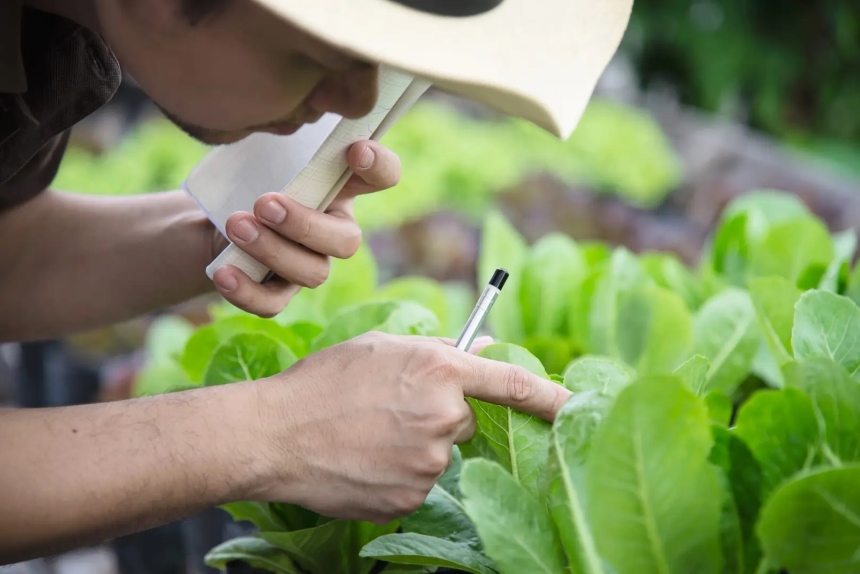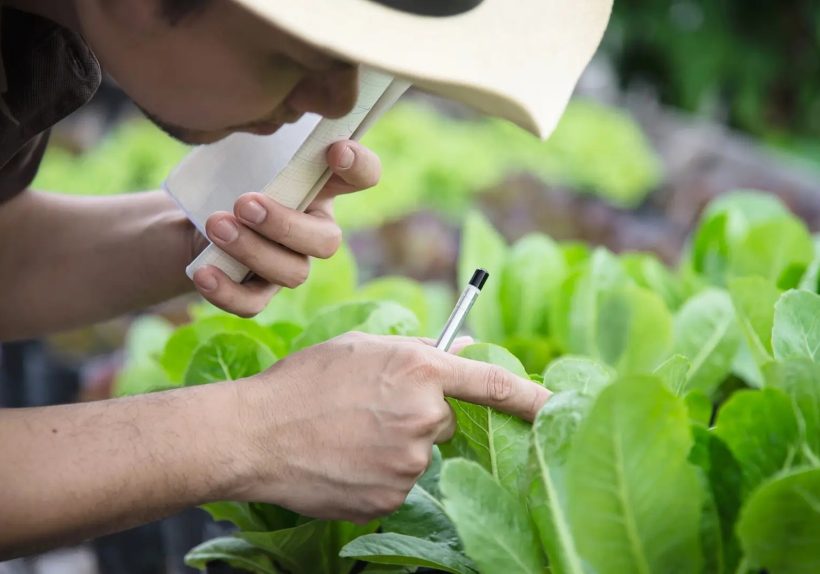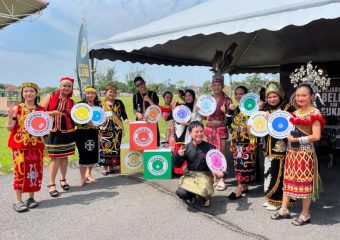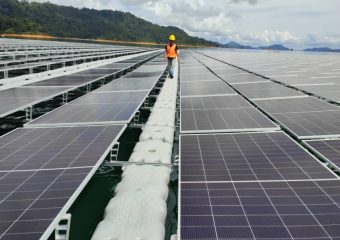More Malaysians, particularly youths, are encouraged to work in the agricultural sector by integrating technology and modern techniques. (Photo Credit: Freepik)
As the world moves towards sustainable development, multiple industries like renewable energy, artificial intelligence and robotics are evolving rapidly, establishing their reputation as highly desirable with great career prospects.
Despite this development, traditional industries like agriculture still hold vast potential for economic growth and empowering the nation’s youth with meaningful career prospects. For example, Agropolitan projects, originally designed to lift rural communities out of poverty, offer a unique platform for young people to explore cutting-edge agricultural technologies, eco-tourism, and efficient supply chains. Many countries, Malaysia included, has adapted these initiatives for their most marginalised and remote settlements to elevate their living conditions.
With increasing demand for innovation in sustainable practices, these industries require a new generation of professionals equipped with the right skills and knowledge. Fortunately, various institutions, both locally and abroad, offer ample opportunities for students to pursue specialised training and further studies in these fields. Whether it’s modern farming techniques, managing logistics for agricultural products, or promoting rural tourism, today’s youth have a broad spectrum of career options to explore.
The Big Picture: Evolution of Agriculture in Malaysia and Its Contribution to Our GDP
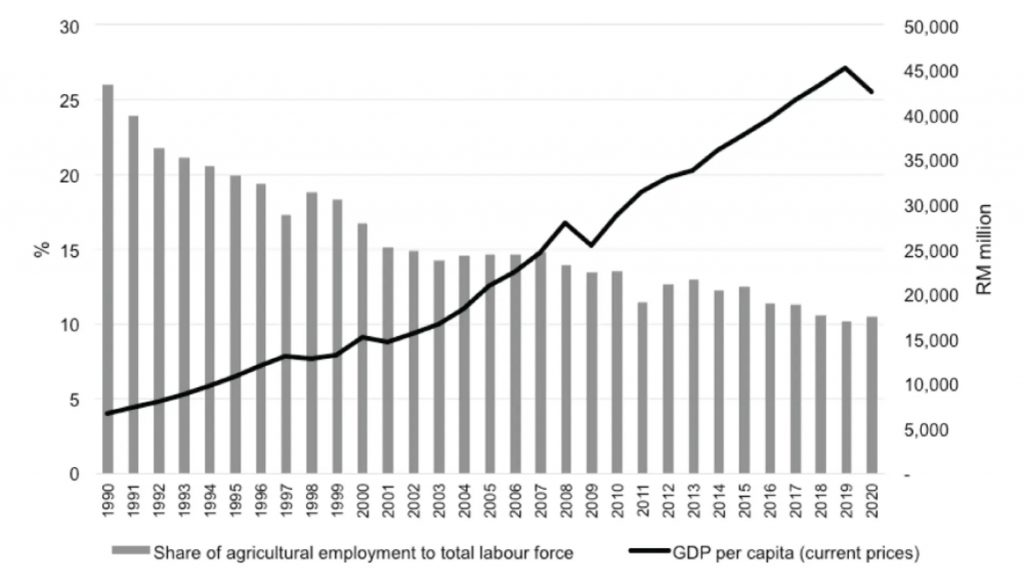
The agricultural sector has long played a pivotal role in Malaysia’s economic development, particularly during challenging times. During the economic crisis of 2007, many Asian nations, including Malaysia, turned to agriculture as a key income generator. This reliance demonstrated the sector’s capacity to shape socio-economic development at both the national and community levels. Since then, agriculture has been a central focus in every Malaysian Plan, with its contributions continually acknowledged for increasing national revenue and benefiting local communities.
In the Ninth Malaysian Plan (RMK-9), agriculture was identified as the third-largest contributor to Malaysia’s income, accounting for more than 11.4% of the nation’s Gross Domestic Product (GDP). By 2017, the sector contributed 8.2% to Malaysia’s RM1.2 trillion (USD 314.5 billion) national GDP, with oil palm (46.6%) and the agro-food sector (18.6%) as the primary contributors.
Agricultural exports also showcased the sector’s economic importance, with a surplus of RM31 billion (USD 8.2 billion) in 2017. Oil palm dominated, producing 102 million metric tons, followed by paddy production at 2.6 million metric tons. Fast forward to the second quarter of 2024, and the agriculture sector saw an increase of 7.2% of the national GDP, marking its strongest growth in six years. This growth was primarily driven by the 19.0% surge in the oil palm sub-sector, alongside improvements in the livestock and fishing sub-sectors.
While the agriculture sector plays a critical role in Malaysia’s economy, it also supports a significant portion of the workforce. According to the Labour Force Survey in 2022, youth employment in agriculture accounted for 10.3% of the sector’s workforce, translating to 585,700 individuals. However, from a broader labour demand perspective, agriculture made up only 5.6% of total jobs by 2024, indicating a need for innovation and modernisation to make the industry more lucrative.
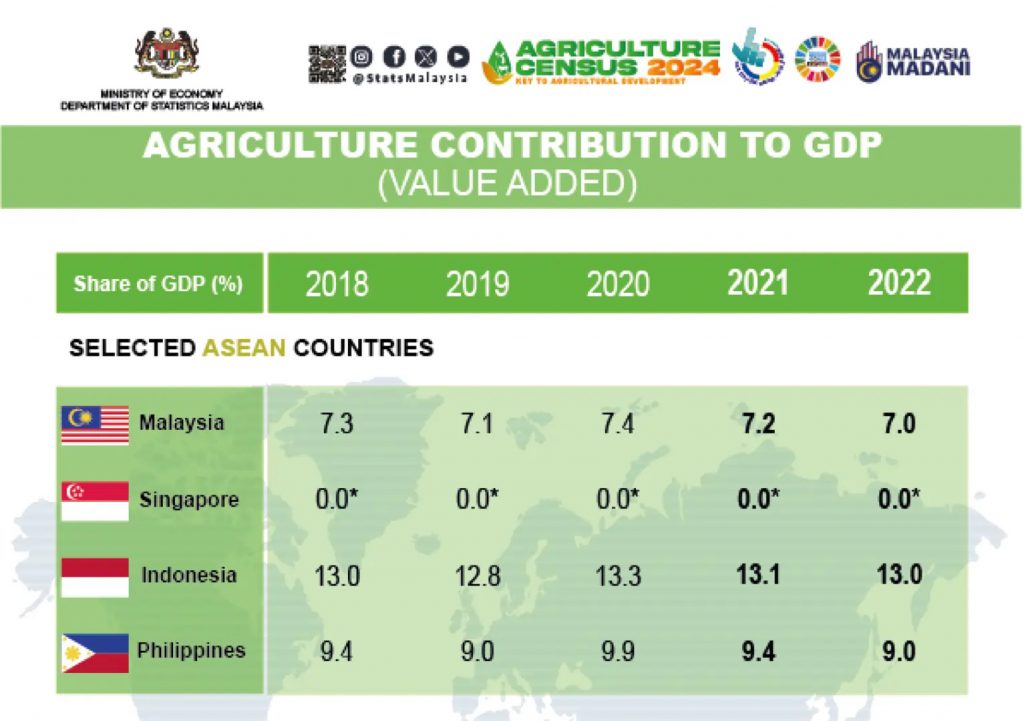
Agriculture in Sarawak: A Growing Field of Opportunities
Likewise, Sarawak is witnessing an exciting transformation in its agricultural landscape. The Sarawak Government is taking significant steps to modernise farming practices by integrating cutting-edge technology and fostering innovation among local farmers. These developments open the door for Sarawakians to pursue careers in modern agriculture, from seed production to high-tech farming methods.
Premier YAB Datuk Patinggi Tan Sri (Dr) Abang Haji Abdul Rahman Zohari bin Tun Datuk Abang Haji Openg has since announced that the Government is developing new initiatives to equip graduates and young farmers with modern farming techniques, such as using machinery for efficient irrigation and adopting hybrid seed technology to increase yields. This strategy build into the goal of food security by empowering Sarawak to produce more rice, potentially boosting local self-sufficiency and creating export opportunities.
Sarawak’s efforts are also focused on becoming a key player in seed production, with the introduction of contract farming programmes and partnerships with companies like Green World Genetics. These ventures will allow local farmers to produce high-quality tropical seeds, contributing to the state’s goal of becoming a hub for quality food production in the region.
In addition to rice and seeds, Sarawak is expanding its pineapple plantations, targeting a significant increase in production by 2030. With initiatives like this, Sarawak is set to become a major player in Malaysia’s modernising agricultural industry by engaging in high-tech farming, managing agrotourism ventures, or even exploring agricultural entrepreneurship.
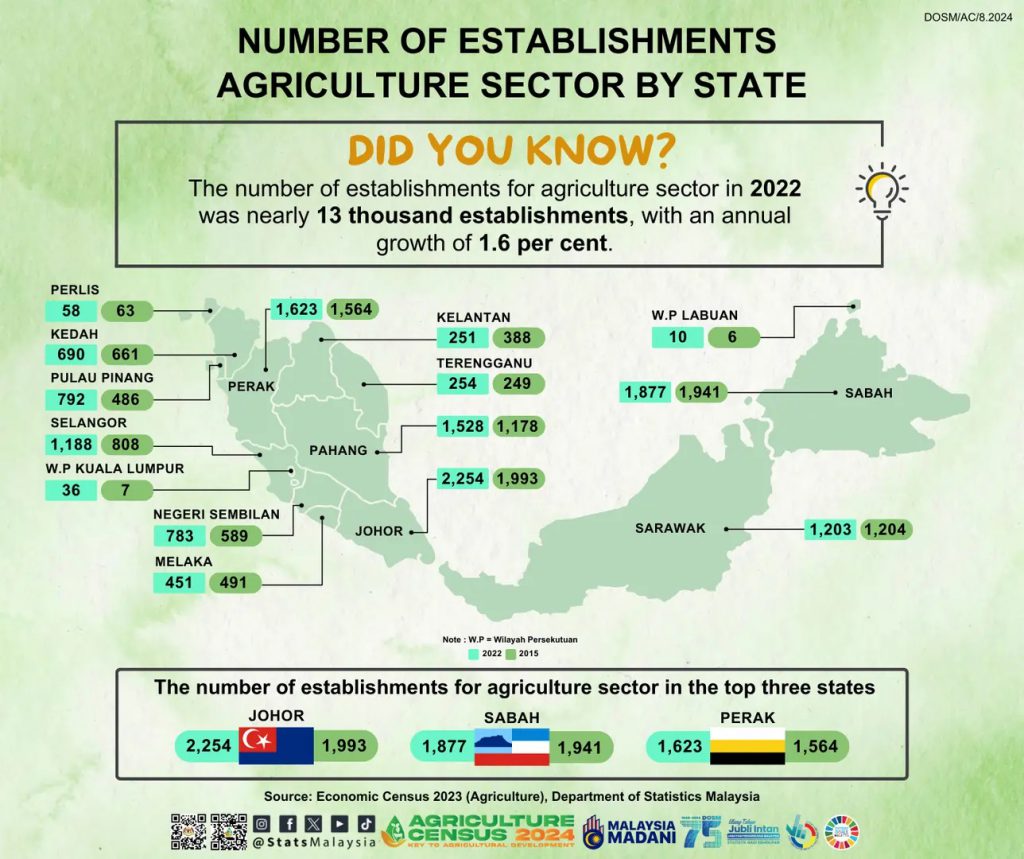
Modernisation of Agriculture: What Does It Mean For Us?
For decades, Malaysia’s agricultural policies have aimed to modernise and transform the sector, focusing particularly on key staples like paddy. The goal has been to increase yield through technological progress while preserving environmental sustainability. Malaysia’s New Economic Model (NEM) has prioritised agriculture as one of 12 National Key Economic Areas, with the sector expected to spur job creation and improve the livelihoods of farmers.
This transformation is crucial for food security, productivity growth, and building skills for farmers. The National Agrofood Policy 2021-2030 (NAP 2.0) specifically targets smart agriculture, human capital development, market access, and sustainability, creating a supportive environment for stakeholders. Modern agriculture techniques, including the use of machinery, smart irrigation, and better fertilisation methods, are increasingly being implemented to strengthen the sector’s future.
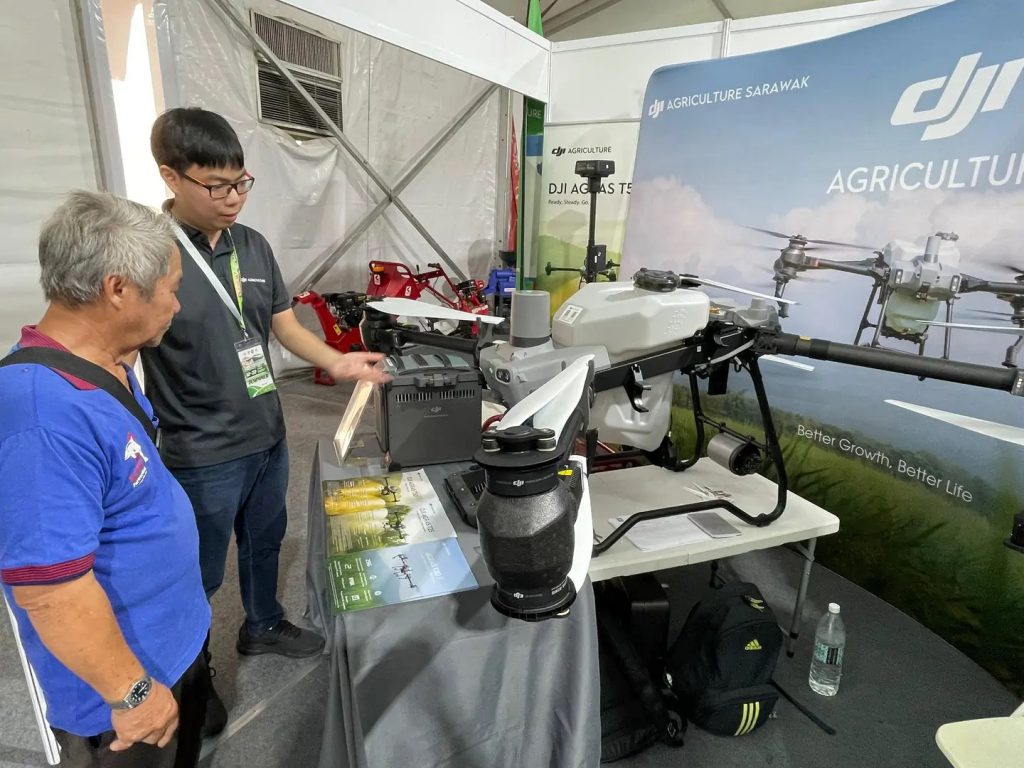
Navigating Automation in Agriculture: A Balanced Approach
As technology continues to reshape agriculture, many have expressed fear that automation could displace low-skill jobs, leaving fewer opportunities for those entering the industry. It is true that tasks like planting, weeding, and even harvesting are becoming increasingly automated through the use of drones, AI-powered machines, and IoT systems. However, this does not mean that careers in agriculture are shrinking — rather, they are evolving.
Instead of low-skill labour being entirely replaced, the focus is shifting towards skill development in areas like precision farming, agricultural data management, and sustainable resource management. Automation creates new roles that require technical know-how, from managing automated equipment to analysing the data these systems generate.
For youths considering agriculture, this is an opportunity to acquire specialised skills. By embracing the technological shift, future workers can position themselves in areas like:
- Agricultural Technology Development: Innovating new tools and systems to support automated farming.
- Sustainable Practices: Implementing eco-friendly solutions, integrating automation with sustainability efforts.
- Data Analysis in Farming: Working with precision farming data to optimise crop yields and resource use.
While some traditional roles may decrease, automation also brings new career paths that combine technology and agriculture. This is a positive shift for those willing to adapt and up-skill, opening doors to higher-paying, knowledge-based positions. So, while change is inevitable, the future of agriculture remains full of opportunity—especially for those who embrace innovation.
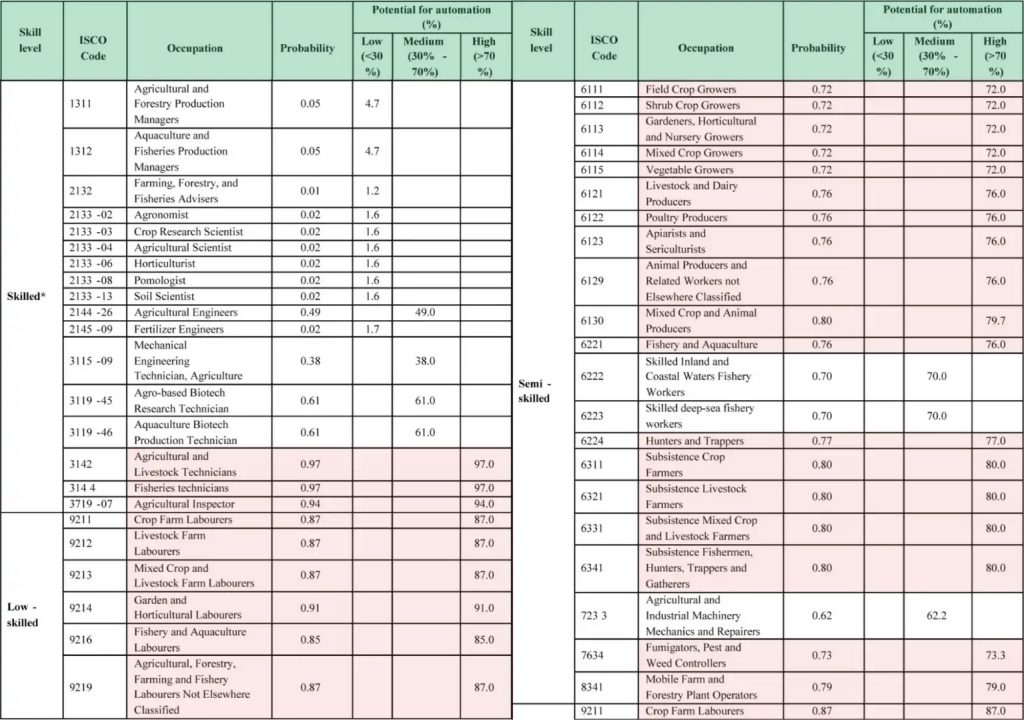
Where to Study Modern Agriculture in Sarawak
For those interested in pursuing careers in modern agriculture, there are several institutions in Sarawak offering specialised courses and hands-on training to equip future agri-professionals with the skills they need:
- Agriculture Institute Sarawak (DOA Sarawak): Focuses on training farmers and entrepreneurs in new technologies to boost crop production and household income.
- Universiti Malaysia Sarawak (UNIMAS): Offers agriculture-related courses such as Resource Biotechnology, Plant Resource Sciene and Management, and Agrotechnology under its Resource Science and Technology programme.
- i-CATS University College: Provides programs like Diploma in Plantation Science, Bachelor in Tourism & Hospitality (Honours), and Bachelor of Science (Honours) in Agrotechnology.
- Centre for Technology Excellence Sarawak (CENTEXS): Specialises in smart farming and offers courses like Certificates in Plantation Industry Management (CPIM), Professional Diploma in Plantation Management (PDPM), Oil Palm Harvesting Skills Course (OPHSC/KKPS), Plantation Worker Skills Course (PWSC/KKPL), Certificate in Smart Hydroponic Operation, and Certificate in Indoor Aquaculture Operation.
- Sarawak Skills: Hosts the Sarawak Agriculture Vocational Training Institute (SAVTI) in Miri, offering vocational courses tailored to agriculture.
- Universiti Putra Malaysia (UPM) Bintulu Campus: Provides undergraduate and diploma programs such as Bachelor of Aquaculture Science with Honours, Diploma in Agriculture, Diploma in Fisheries, Diploma in Food Plantation Management, Diploma in Animal Health and Livestock, Diploma in Agricultural Technology Engineering, and Diploma in Agribusiness.
- Swinburne Sarawak: Houses the Smart Agriculture and Sustainable Environments (SASE) Cluster) research cluster, contributing to research in areas like agriculture and forestry.
- Curtin University Miri Campus: Offers programs under its Agriculture, Environment and Sustainability study area, including Bachelor of Agribusiness and majors like Agriculture Science, Coastal and Marine Science, Food Science, Environmental Science, Energy Engineering (Bachelor of Engineering) and more.

The Future of Agriculture is Youth
The future of agriculture, especially in Sarawak, depends on the next generation—our youth. Countries that excel in the Global Food Security Index have emphasised the importance of producing highly skilled agri-tech entrepreneurs, and Malaysia can follow a similar path. With large pools of underutilised land, a growing demand for food production, and a significant portion of youth facing unemployment or underemployment, the opportunity is there for the taking.
Modern agriculture doesn’t necessarily require fertile land anymore—controlled environments like polybag systems and vertical farming can yield abundant harvests. What we need is a sound strategy to pull together these resources and potential.
By embracing new technology and focusing on targeted skills development, youth can lead the charge in transforming Sarawak’s agriculture sector. A clear vision with well-defined goals, metrics, and outcomes will help harness the potential of these young minds and turn Malaysia into a hub for sustainable agriculture.
Every contribution matters—and Sarawak’s youth can become the driving force in this transformation.
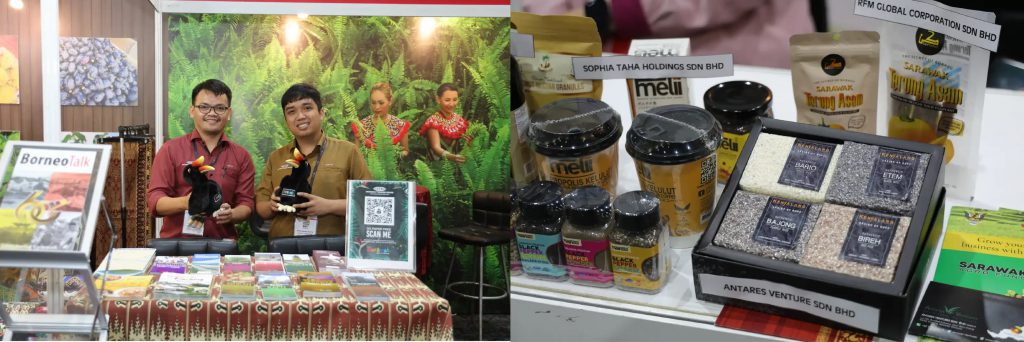
References
- Economic Impact to Quality of Life of Agropolitan Participants in Malaysia
- The socioeconomic impacts of agropolitan project in the rural areas of the east coast region of Malaysia
- MALAYSIAN ECONOMIC STATISTICS REVIEW VOL. 8 | 2024
- Malaysia’s Sectoral Transformation: from Farms, to Factories, to Firms
- Agricultural Education in Malaysia: The Way Forward
- Future of agriculture sector lies in our youths
- Automation and the Future of Work in Agriculture
- Automated pastures and the digital divide: How agricultural technologies are shaping labour and rural communities
- Agrotourism the next big travel trend in Sarawak: Abang Johari
- Sarawak rangka formula, lahir graduan pertanian berteknologi tinggi
- Sarawak bakal jadi jelapang padi kedua negara – Mat Sabu
- Sarawak mampu keluarkan padi lima musim dalam dua tahun – Abang Johari
- Sarawak govt to introduce contract farming to boost seed production
- Sasar 20,000 hektar tanaman nanas di Sarawak menjelang akhir 2030
- Sarawak seeks to become Malaysia’s next ‘rice bowl’, rivalling Kedah
- Banci pertanian di Sarawak capai kemajuan 65 peratus
